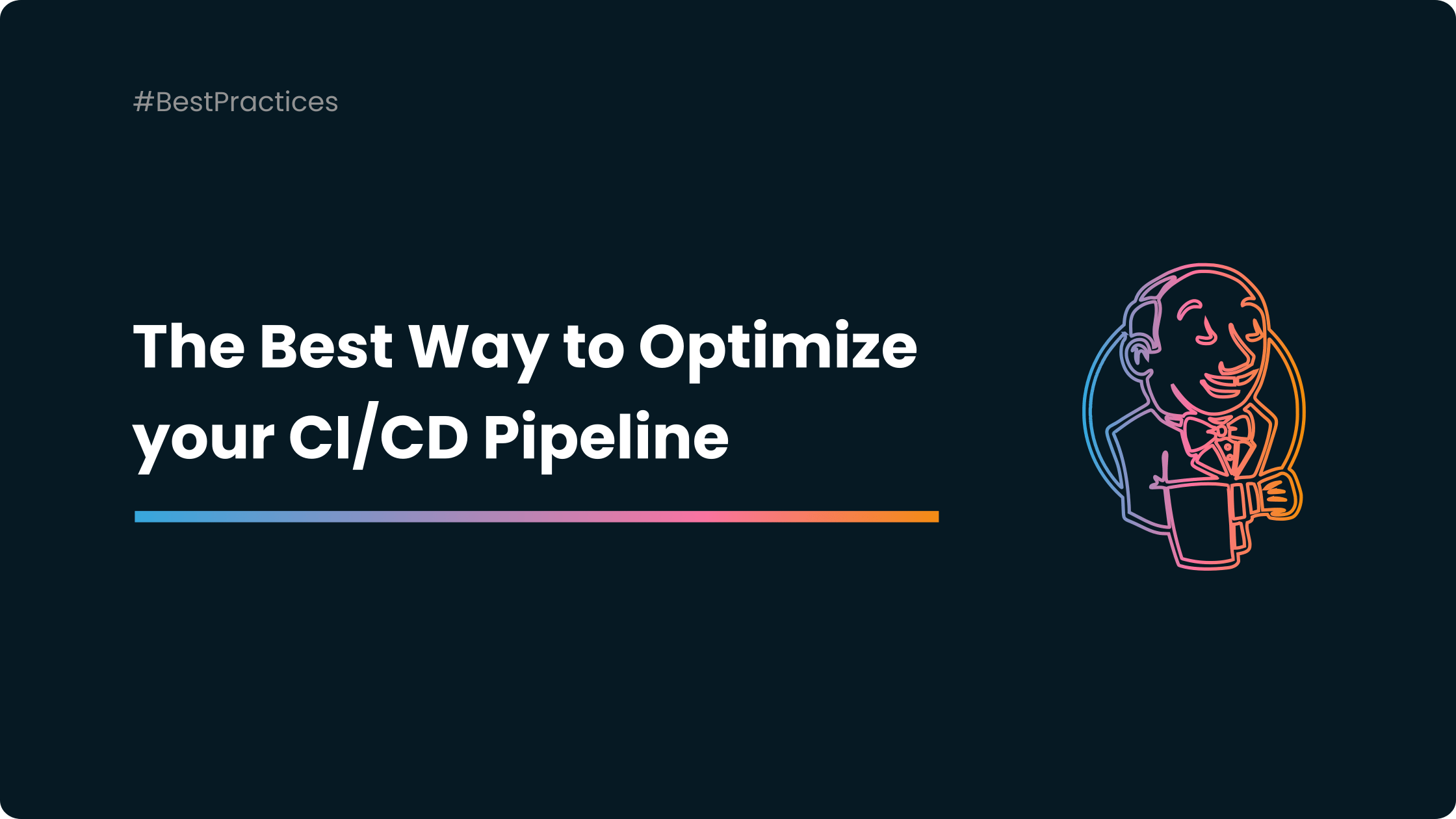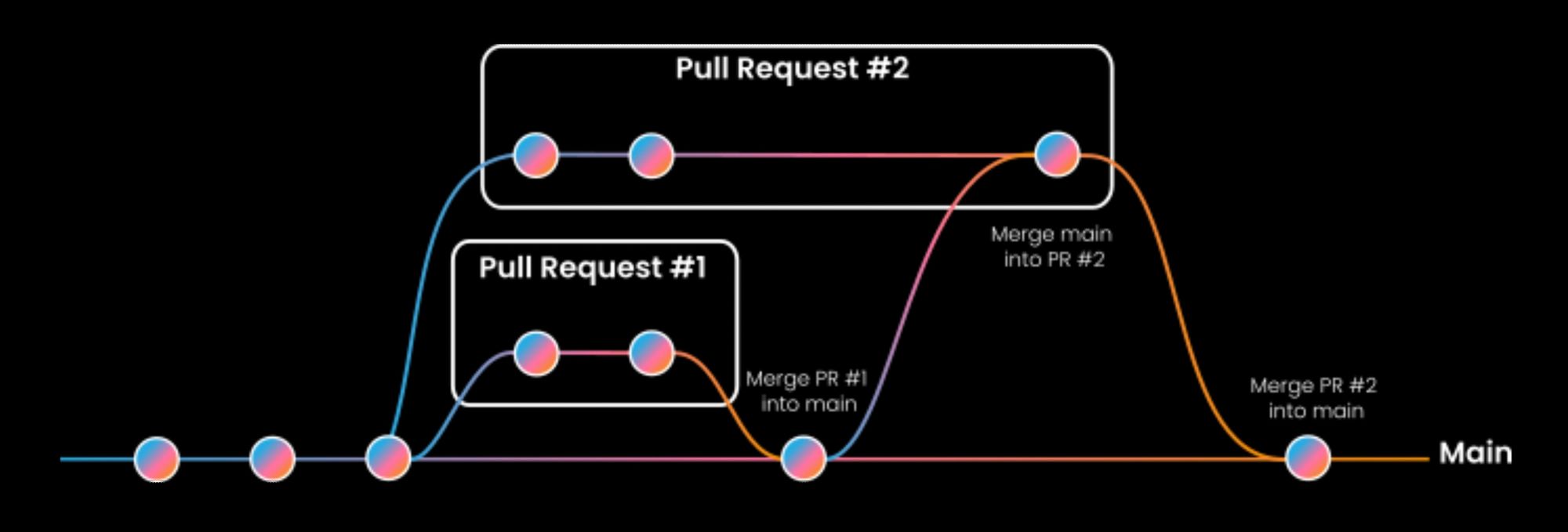Using Jenkins to Optimize Your CI/CD Pipeline

Continuous Integration/Continuous Deployment (CI/CD) is a crucial part of modern software development. CI/CD tools enable teams to automate the build, test, and deployment process, which is essential in improving software quality and accelerating the delivery of new features.
Among the various CI/CD tools available in the market, Jenkins has been the most popular and widely used tool. In this article, we will discuss why Jenkins is the best CI tool to optimize a CI/CD pipeline and how a merge queue can further enhance the process, ensuring even smoother software development.
Jenkins, the CI Tool You Should Bet On
There are many reasons to use Jenkins over any other CI tool. Below are the main advantages of Jenkins over alternative solutions.
Flexibility and Extensibility
One of the main reasons for Jenkins' popularity is its flexibility and extensibility. Jenkins is an open-source tool, which means that it can be customized and extended to fit any organization's needs. We are not pulling this argument out of our hat, but simply from G2. On the oh-so-important criterion of customization, Jenkins outperforms with a score of 8.9 out of 10.
Another number supports this. With over 1,800 plugins available, Jenkins can integrate with virtually any tool or technology stack. For example, if your team is using Git for version control, you can use the Git plugin to automate your build and test process.
Finally, Jenkins is quite permissive in terms of the syntax. Originally, you had to write your pipelines in Java but it is now possible to write them in YAML. Which one to choose is up to you.
id: myapp
name: MyApp Service (powered by WinSW)
description: This service is a service created from a sample configuration
executable: java
#serviceaccount:
# domain: YOURDOMAIN
# user: useraccount
# password: Pa55w0rd
# allowservicelogon: yes
#onFailure:
# -
# action: restart
# delay: 10 sec
# -
# action: restart
# delay: 20 sec
# -
# action: reboot
#resetFailure: 01:00:00
#securityDescriptor: security descriptor string
#arguments: >
# -classpath
# c:\cygwin\home\kohsuke\ws\hello-world\out\production\hello-world
# test.Main
#startArguments: start arguments
#workingdirectory: C:\myApp\work
priority: Normal
stopTimeout: 15 sec
stopParentProcessFirst: true
#stopExecutable: '%BASE%\stop.exe'
#stopArguments: -stop true
startMode: Automatic
#delayedAutoStart: true
#serviceDependencies:
# - Eventlog
# - W32Time
waitHint: 15 sec
sleepTime: 1 sec
#interactive: true
log:
# logpath: '%BASE%\logs'
mode: append
#env:
# -
# name: MY_TOOL_HOME
# value: 'C:\etc\tools\myTool'
# -
# name: LM_LICENSE_FILE
# value: host1;host2
#download:
# -
# from: "http://www.google.com/"
# to: '%BASE%\index.html'
# -
# from: "http://www.nosuchhostexists.com/"
# to: '%BASE%\dummy.html'
# failOnError: true
# -
# from: "http://example.com/some.dat"
# to: '%BASE%\some.dat'
# auth: basic
# unsecureAuth: true
# username: aUser
# password: aPa55w0rd
# -
# from: "https://example.com/some.dat"
# to: '%BASE%\some.dat'
# auth: basic
# username: aUser
# password: aPa55w0rd
# -
# from: "https://example.com/some.dat"
# to: '%BASE%\some.dat'
# auth: sspi
#beepOnShutdown: trueEasy to Use
Jenkins is designed to be easy to use, even for non-technical users. The web-based interface allows users to create and manage jobs easily. Jenkins also provides a simple scripting language (Groovy) that can be used to automate tasks and customize the build process. This simplicity means that even small teams without a dedicated DevOps engineer can set up and use Jenkins effectively.

Distributed and Scalable
Jenkins is highly scalable, making it suitable for small teams and large enterprises alike. Jenkins can be deployed on-premises or in the cloud, and it can be run on a single machine or distributed across multiple machines. Jenkins' scalability means that it can handle large builds and complex pipelines, ensuring that your team can deliver high-quality software at scale.
Integration with Other Tools
Regarding integrations, Jenkins stands out from its competitors with a score of 9 on G2.
Indeed, Jenkins can be integrated with a wide range of tools, including testing frameworks, code analysis tools, and deployment tools. This integration means that you can automate the entire software development lifecycle, from code commit to deployment. Jenkins can also be integrated with various notification tools to ensure that the team is notified of build failures or other issues.

Community Support
Jenkins has a large and active community of developers and users who contribute to the project. This community provides support, bug fixes, and new features, making Jenkins a reliable and robust tool. The community also provides numerous resources, including plugins, documentation, and tutorials, making it easy for new users to get started with Jenkins.

Let's Summarize
Jenkins is the most popular CI/CD tool for a reason. Its flexibility, ease of use, scalability, and integration capabilities make it the best tool for optimizing a CI/CD pipeline. With the ability to customize and extend Jenkins to fit any organization's needs, teams can automate the entire software development lifecycle, ensuring high-quality software delivery at scale.
Optimizing CI/CD Beyond Jenkins
While Jenkins is an excellent tool for automating the build, test, and deployment process, there is still room for improvement. One of the main challenges that teams face with CI/CD is dealing with out-of-date pull requests. When a pull request is not up-to-date with the main branch, it may need to be retested before merging to ensure that no new conflicts or issues have arisen. This can cause delays in the software development process, as developers must update and retest their pull requests before they can be merged into the main branch.
The Merge Queue, the Last Optimization Step
To address this issue, teams can use a merge queue, which is the next thing you need after Jenkins to optimize your CI/CD pipeline. A merge queue is a tool that manages merge conflicts automatically. With a merge queue, developers can submit their code changes to the queue, and the tool will automatically update, test and merge them, catching any code conflicts and errors.

Streamline Software Development Process
Using a merge queue has several benefits. Firstly, it helps to reduce delays in the software development process. Instead of waiting for developers to update and rebase their PR, or resolve merge conflicts, the merge queue can handle this automatically, freeing up developers to focus on other tasks. This leads to faster software delivery and improved productivity.
Improve Codebase Quality
Secondly, a merge queue can help improve the codebase's quality. By automating the merge process, the merge queue can ensure that all code changes are tested and verified before being merged into the main branch. This helps to prevent bugs and issues from being introduced into the codebase, leading to more stable and reliable software.
Ease Collaboration Between Developers
Finally, a merge queue can help to improve collaboration among team members. By automating the merge process, the merge queue removes the need for developers to communicate and coordinate with each other to stay up to date and resolve merge conflicts. This leads to a more streamlined and efficient development process, enabling teams to work more effectively together.
In conclusion, while Jenkins is an excellent tool for automating the build, test, and deployment process, a merge queue is the next thing you need to optimize your CI/CD pipeline fully. By automating the merge process, a merge queue can help to reduce delays, improve code quality, and enhance collaboration among team members, leading to faster software delivery and improved productivity.





